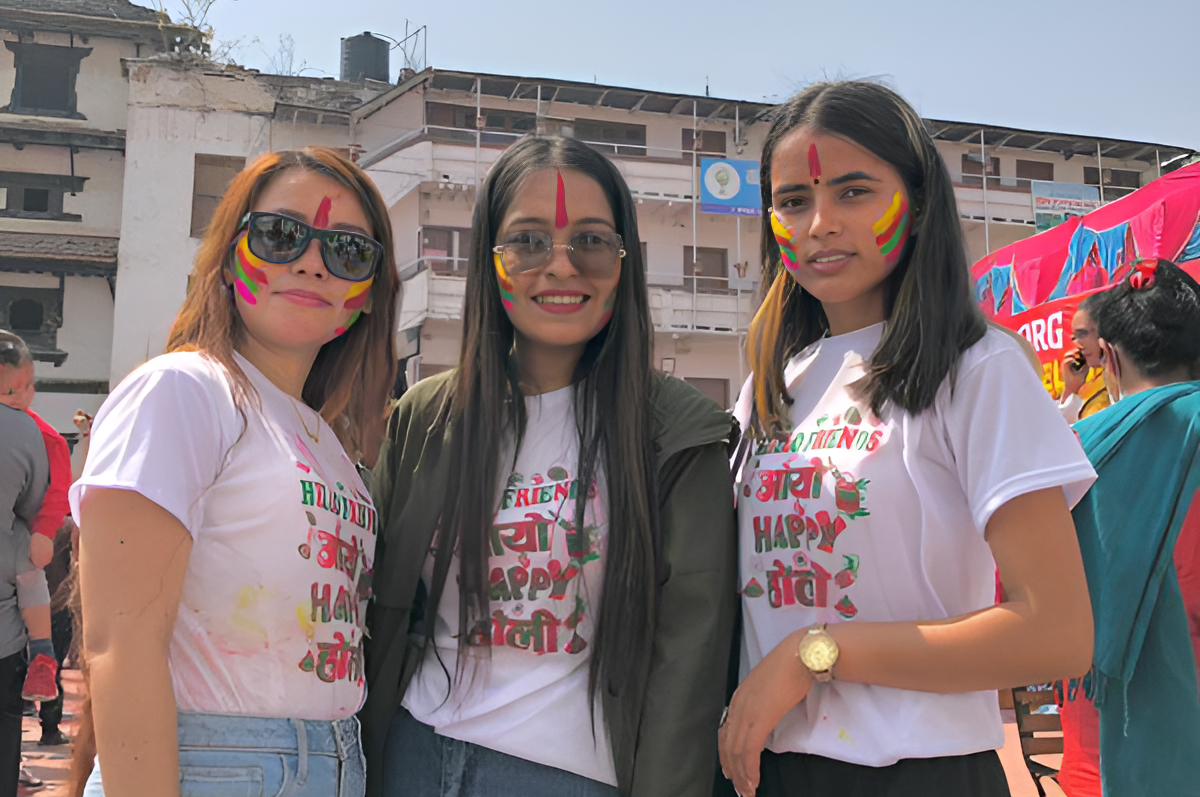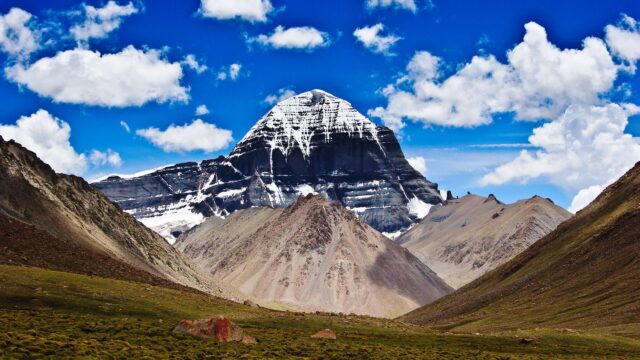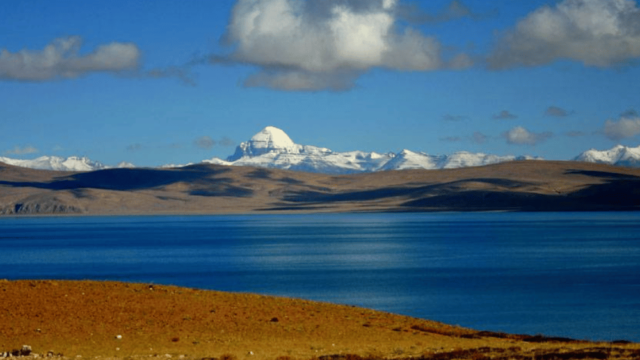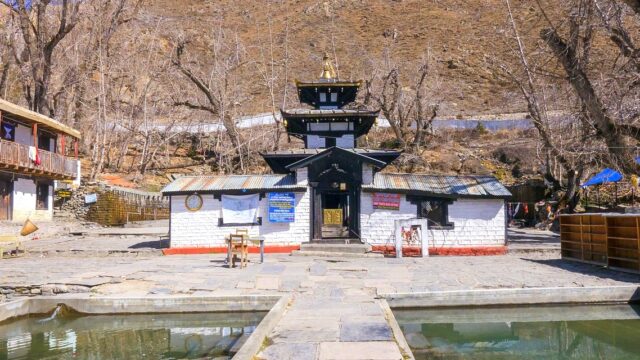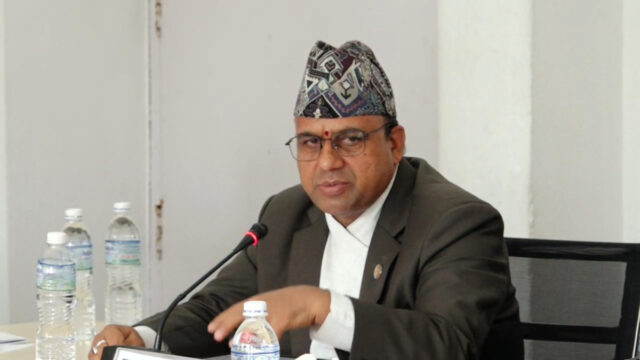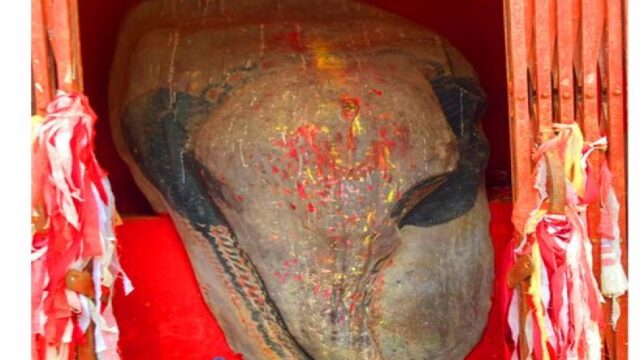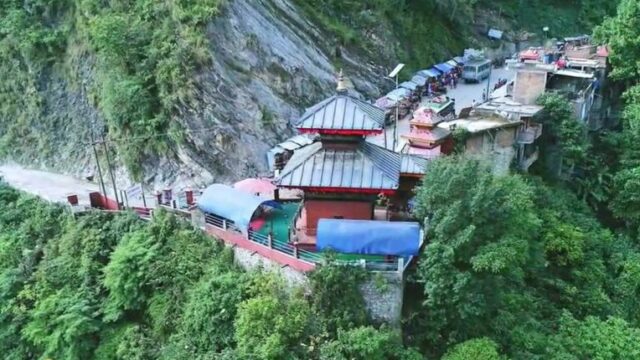Fagu Purnima, widely known as Holi, is one of the most celebrated festivals in Nepal, symbolizing colors, love, and friendship. This grand festival marks the arrival of spring and the triumph of good over evil, deeply rooted in Hindu mythology and traditions. Celebrated with enthusiasm across the country, Fagu Purnima unites people as they drench each other in colors, dance joyfully, and share festive delicacies.
Etymology and Significance
The term ‘Fagu Purnima’ is derived from two Nepali words: ‘Phagu,’ referring to the month of Phagun in the Nepali calendar, and ‘Purnima,’ meaning full moon. Some interpretations also suggest that ‘Phagu’ signifies the sacred red color, which is integral to the festival. The celebration is based on the lunar calendar and falls on the full moon day of the month of Falgun, typically in late February or early March. It is considered a festival of renewal, positivity, and togetherness.
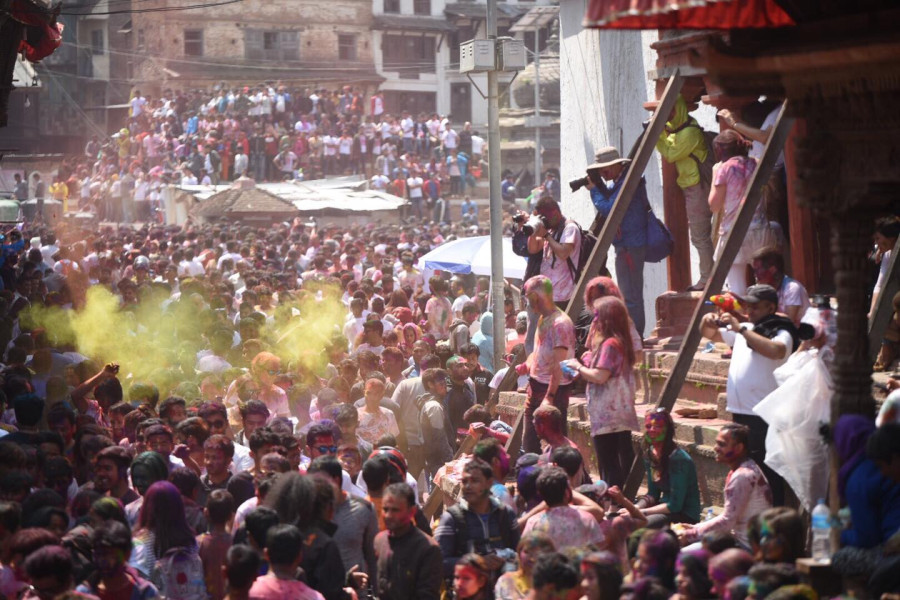
Mythological Origins: The Legend of Holika Dahan
The origins of Holi are intertwined with Hindu mythology, primarily the legend of Prahlad, Holika, and Hiranyakashipu. According to ancient scriptures, Hiranyakashipu was a powerful demon king who demanded that everyone worship him as a god. However, his own son, Prahlad, was a devout follower of Lord Vishnu. Enraged by his son’s defiance, Hiranyakashipu attempted to kill him several times but failed each time due to divine intervention.
Hiranyakashipu’s sister, Holika, who was immune to fire, devised a cruel plan to eliminate Prahlad. She lured him onto her lap and sat in a blazing fire, expecting to remain unharmed while Prahlad perished. However, due to his unwavering devotion, Prahlad emerged unscathed while Holika burned to ashes. This event symbolizes the victory of righteousness over evil, and the Holika Dahan ritual where bonfires are lit is performed a day before Holi to commemorate this mythological event.
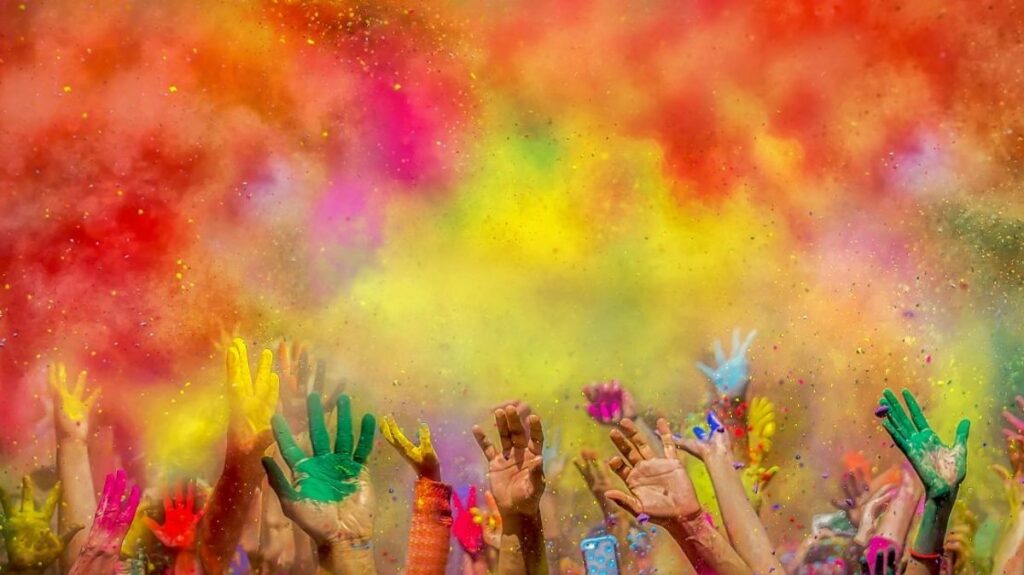
Traditional Holi Celebrations in Nepal
Holi is a two-day festival in Nepal, celebrated with regional variations. In the hilly and Kathmandu Valley regions, the festival is observed on the full moon day, while in the Terai regions, it is celebrated a day later. The celebrations are marked by vibrant rituals, joy, and community bonding.
Rituals and Festivities
The Fagu Purnima officially commences a week before the main day with the erection of a ceremonial pole known as ‘Chir’ at Basantapur Durbar Square in Kathmandu. The ‘Chir’ is a long bamboo stick adorned with strips of colorful cloth, symbolizing the festivity’s spirit. The pole remains standing until the day before Holi, when it is taken down and burned in a ritual known as ‘Chir Haran’ or ‘Holika Dahan.’ The ashes from the bonfire are considered sacred and are taken home as protection against evil forces.
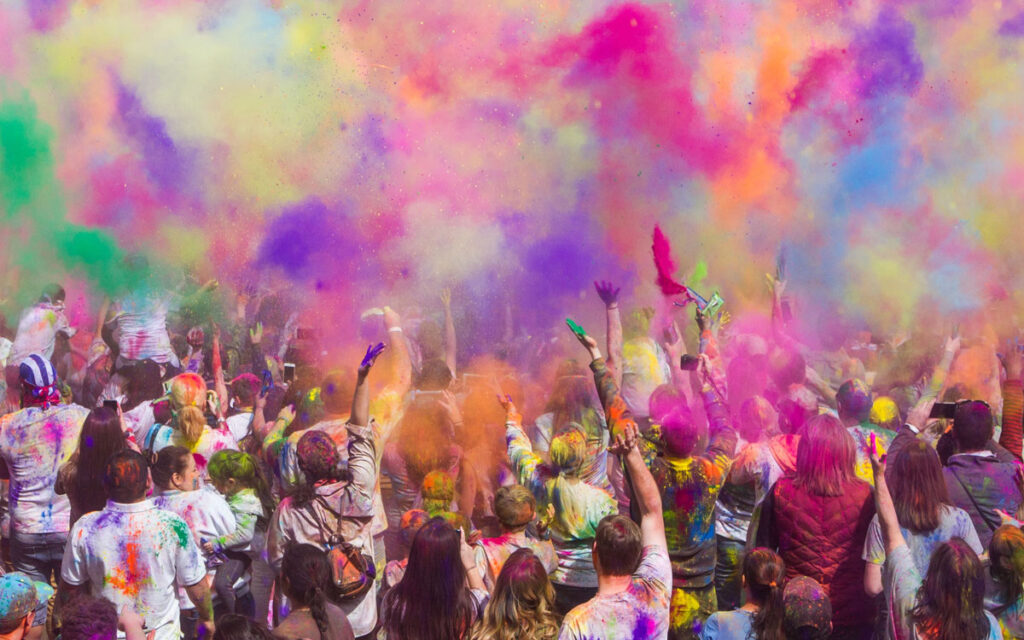
On the main day of Holi, people of all ages gather in public squares and streets, engaging in playful color-throwing with natural and synthetic powders known as ‘Abeer’ or ‘Gulal.’ Water-filled balloons (locally called ‘Lola’) and water guns (Pichakari) add to the fun as revelers drench each other in hues of red, blue, yellow, and green. Holi fosters an atmosphere of inclusivity, with people of all backgrounds participating in the celebrations.
Music, Dance, and Delicacies
Holi is not only about colors; it is also a festival of music and dance. Traditional and modern songs dedicated to Holi fill the air, and people dance to the rhythmic beats of drums and folk tunes. Nepalese communities also prepare special festive delicacies like ‘Sel Roti,’ ‘Puri Tarkari,’ ‘Gudpak,’ and ‘Bhang Lassi,’ a traditional cannabis-infused drink that has spiritual and cultural significance.
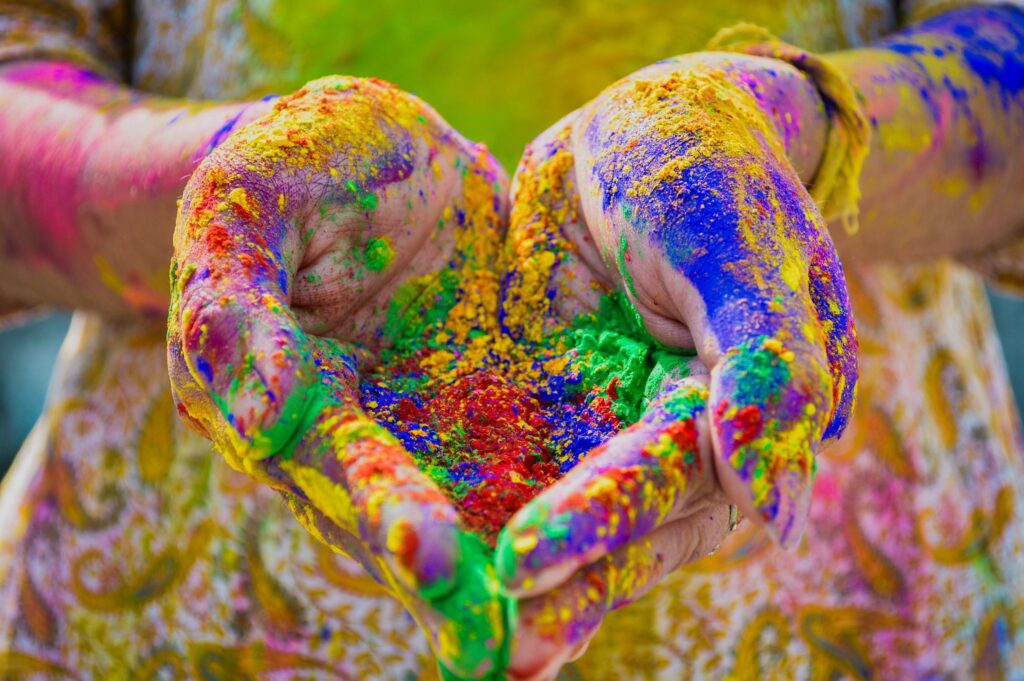
Regional Variations and Influence
Although Holi is celebrated throughout Nepal, the ways of celebration vary slightly by region. In Terai, the festival extends into the next day with grand feasts, singing, and more vibrant gatherings. Various communities also hold cultural events, including ‘Dol Jatra’ in the eastern regions, where deities are placed in beautifully decorated swings (Dola) and carried around towns in processions.
Holi’s influence is not limited to Nepal and India; it has gained global popularity in recent years. Countries with large South Asian communities, such as the United States, United Kingdom, Australia, and Canada, have embraced Holi, organizing massive color festivals that attract thousands of participants from diverse backgrounds.
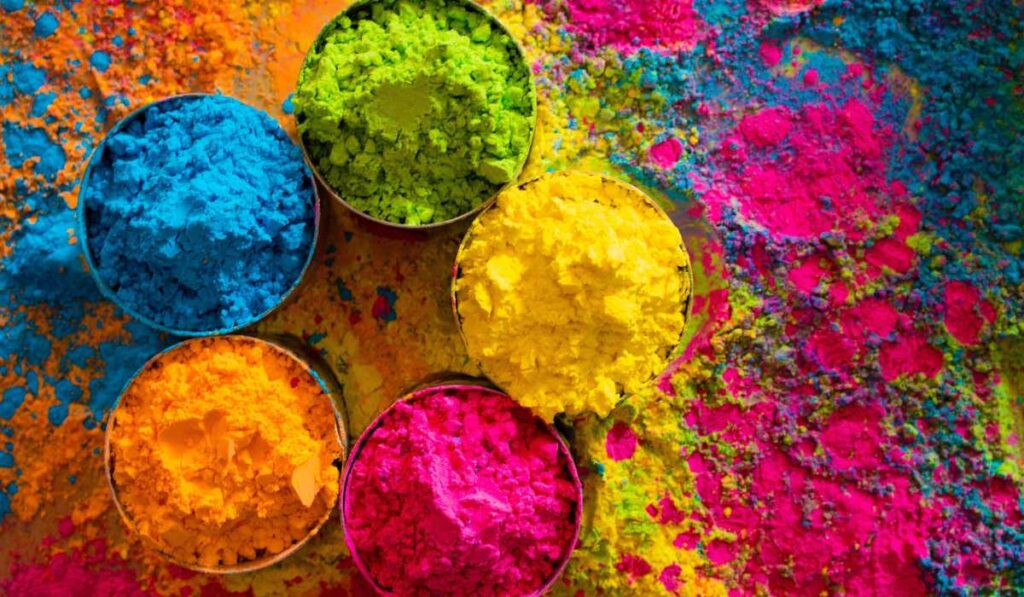
The Deeper Meaning of Holi
Beyond its exuberant celebrations, Holi carries deeper symbolic meanings. It marks the end of winter and the beginning of spring, signifying renewal, hope, and the victory of light over darkness. The festival is also an occasion for reconciliation, where people forgive past grievances and embrace new beginnings. It serves as a reminder that love, unity, and joy are fundamental aspects of human life.
Fagu Purnima/Holi is more than just a festival of colors; it is a celebration of history, spirituality, and social harmony. With its rich mythological roots, vibrant traditions, and joyful spirit, the festival continues to unite people across Nepal and beyond. As the full moon of Falgun rises, Nepalese communities come together, drenching each other in hues of happiness, laughter, and love, keeping alive the centuries-old tradition of Holi.
